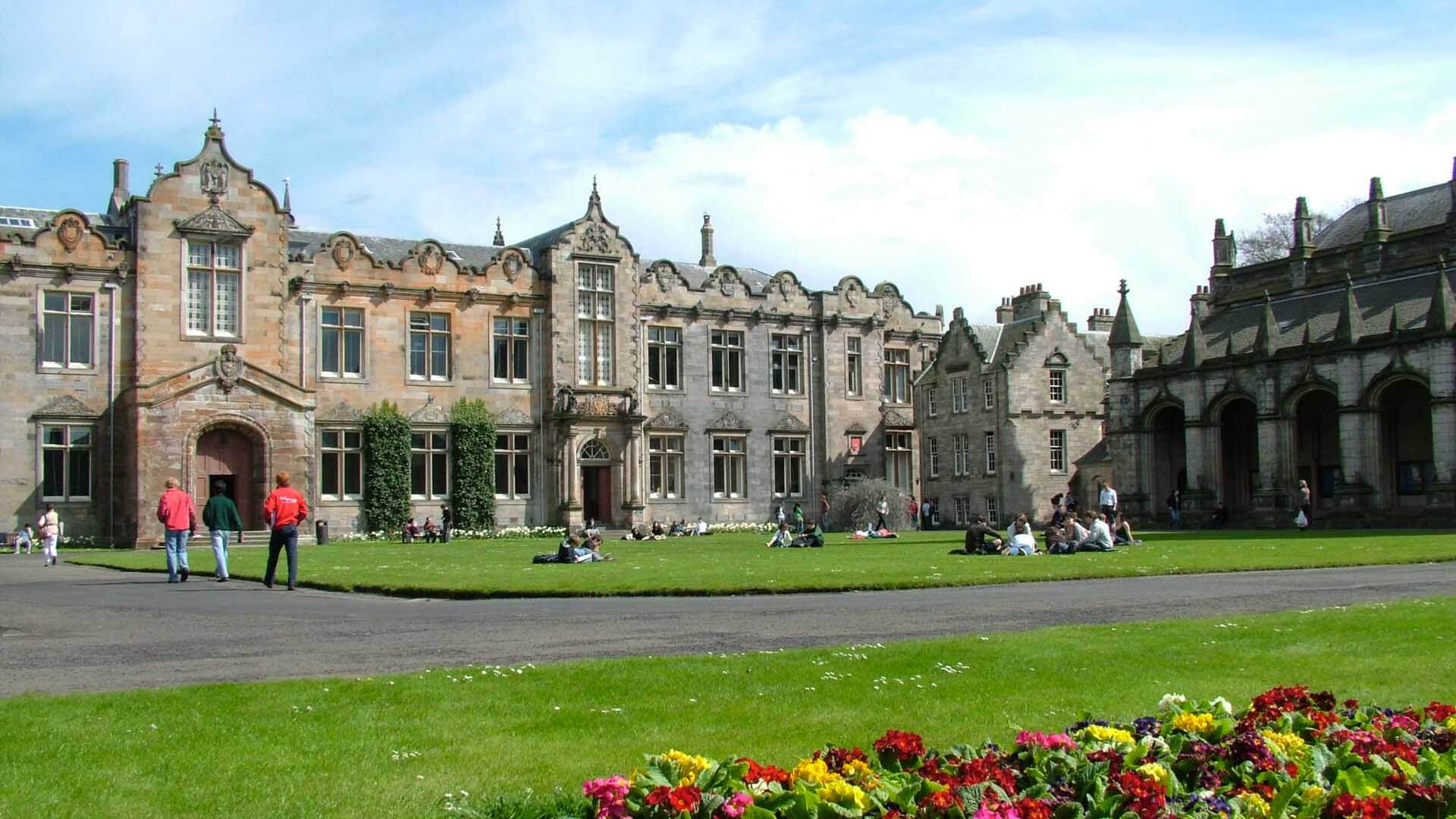University of St Andrews: Maps of the past may shed light on our climate future
Maps of climate in the distant past could provide insight into the future as carbon dioxide levels in the atmosphere increase, according to research involving academics from the University of St Andrews.
About 56 million years ago, volcanoes quickly dumped massive amounts of carbon dioxide into the atmosphere, heating the Earth rapidly.
This time period – called the Paleocene-Eocene Thermal Maximum, or PETM – is often used as a historic parallel for our own future under climate change, since humans have also rapidly poured carbon dioxide into the atmosphere over the last 250 years.
Dr James Rae, Reader in the School of Earth and Environmental Science at the University of St Andrews, is part of the team that has published a study in Proceedings of the National Academy of Sciences (PNAS) that includes temperature and rainfall maps of Earth during the PETM to help better understand what conditions were like in that time period and how sensitive the climate was to soaring levels of carbon dioxide.
The team, led by University of Arizona geosciences Professor Jessica Tierney, combined previously published temperature data and climate models to examine the impact of massive CO2 release on global climate.
Dr Rae said: “Our results show, in unprecedented detail, the patterns of climate change that occur when CO2 rises rapidly, providing a critical analogue for current global warming.”
This ancient warming event and our future are characterised by faster warming at the poles than the rest of the globe – a phenomenon called arctic amplification – as well as stronger monsoons, more intense winter storms and less rainfall at the edges of the tropics. The researchers also found that as more carbon dioxide is pumped into the air, the climate becomes more sensitive than previous studies predicted.
Professor Tierney added: “Overall, our work helps us to understand our future under climate change better. It gives some confirmation that the basics of climate change – such as polar amplification, more intense monsoons and winter storms – are features of high greenhouse gas climates both past and future.”
The team built their maps of the PETM by combining what’s called proxy temperature data with climate models. Paleoclimatologists like Professor Tierney and Dr Rae can deduce temperatures from the past by chemically analysing certain types of fossils from a given time period. That proxy temperature data, combined with modern climate modelling technology, allowed Tierney and her collaborators to create global temperature maps of the PETM.
The climate models used by the researchers to create the maps of the past are typically used to make future climate predictions – including those in the IPCC assessment reports. The team instead used them to generate simulations of what Earth looked like 56 million years ago.
The new study more precisely estimates how much the globe warmed during the PETM. Previous studies suggested the PETM was 4 to 5 degrees Celsius warmer than the time period right before it. Tierney and Rae’s research, however, revealed that that number is 5.6 degrees Celsius, suggesting the climate is more sensitive to increases in carbon dioxide than previously thought.
Climate sensitivity is how much the planet warms per doubling of carbon dioxide.
“Nailing this number down really matters, because if climate sensitivity is high, then we’ll see more warming by the end of the century than if it’s lower,” Professor Tierney said.
“The IPCC AR6 predictions span 2 to 5 degrees Celsius per doubling of carbon dioxide. In this study, we quantify that sensitivity during the PETM and found that the sensitivity is between 5.7 to 7.4 degrees Celsius per doubling, which is much higher.”
Ultimately, this means that under higher levels of carbon dioxide than we have today, the planet will get more sensitive to carbon dioxide, which, according to Dr Rae, “is something that’s important for thinking about longer-term climate change, beyond the end of the century”.

